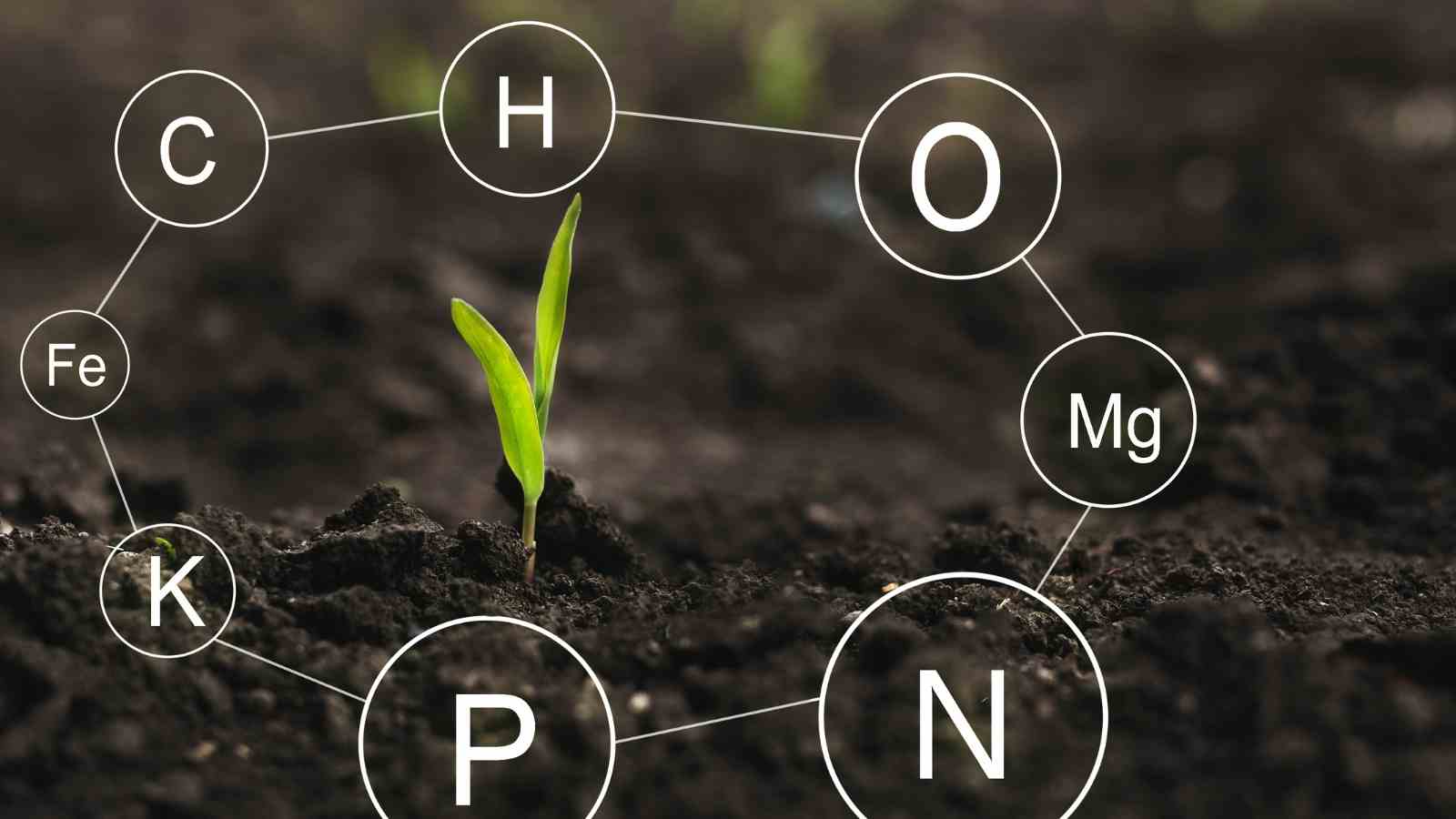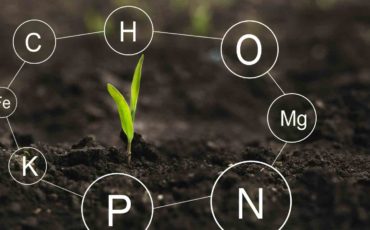To provide a healthy environment for the crop production, the soil and hence the plants, need to be fed with all the required minerals. Now, having mentioned minerals, they primarily get divided into the micro nutrients and the macro nutrients. The macro ones are the most important elements required in the proper development of the plants. These are required in huge amounts and if there happens to be a deficiency in this nutrient, then the plants will suffer adversely.
Likewise, in the broader context, the elements namely Carbon and Nitrogen are the most required elements in the plants’ body. Apart from these important elements, the other prime macro nutrients are taken in the form of Sulphur, Phosphorus and Potassium to name a few. These elements are primarily required to main the metabolism of the plant and also helps in the regular photosynthesis mechanism on the whole.
To further understand the importance of the essential macro nutrients, we have clearly listed here in, the various types of elements and their respective merits.

The most important uses of the various macro nutrients required by the plants
1) Nitrogen
This macro nutrient takes up at least 1 % to 5 % of the respective dry matter of the plants. Nitrogen helps to form the basis for various plant enzymes, phytohormones, and also for various proteins. This element becomes accessible to the plants by the nitrogen fixing roots like the rhizomes. On the whole, the nitrate and the ammonia are the most important forms in which the inorganic nitrogen can become a part of the plant.
Nitrogen helps in the growth of the plants by influencing the growth in the cortical root cells and in the cells of the epidermis. With the proper presence of nitrogen in the phloem, the transfer of food through the plant cells also become possible. Nitrogen at times also gets absorbed in the soil in the form of ammonium. However, not all plants can withstand the intake through this variant. Likewise, rice is tolerant to ammonium but again barley is not. In this variant, the lateral growth of the plant is also realised.
2) Sulphur
After the macro nutrient, Nitrogen, this element stands out to be another most important macro nutrient. It is nothing new, that Sulphur can be easily extracted from the atmosphere. These are primarily taken up by the roots through the soil. After having picked up by the hairy root cells, this element gets transferred by the phloem to the xylem and then into the entire plant system. This element is very important to form the cell membrane and the variously layers of the cell was as they help to make up constituent element of polysaccharides and of sulpholipids.
Sulphur being an important part of cysteine and methionine, it helps to form the chains of amino acids and in turn helps to form the various secondary plant parts. This element mainly helps in the overall metabolism of the plant. In the chloroplast particularly, the Sulphur helps in the carbon metabolism by being part of regulatory proteins.
3) Phosphorus
This macro nutrient is a non renewable resource and is extremely important in the large scale production of crops. Phosphorus primarily helps in the process of biosynthesis and helps to provide energy to the plant cells by releasing energy rich phosphates. In the chloroplast, this element helps in the easy passage of minerals in and out of the guard cells. They are a major source of energy in the potato tubers ( covering at least 40% of the body ) and also are a constituent of starch in the grains. If the plant does not get proper amount of Phosphorus, then it might suffer from stunted shoot growth rather than root growth. Moreover, the delaying in flowers and bud formation, in the flowering plants also occurs due to the prolonged deficiency in Phosphorus.
4) Magnesium
From the perspective of the maintenance of the chloroplasts and for the photosynthesis, the macro nutrient, Magnesium is of utmost importance. This helps in maturing the leaf tissues and also helps in the protein synthesis in the plants as and when required. Magnesium further helps in activating the various plant enzymes so that there is proper growth. In various plants, due to the deficiency of Magnesium, the carbohydrates get accumulated in the plant cells and they do not distributed well all across the plant body. In the bean plants, the shoot growth gets stopped when there is deficiency of this macro nutrient.
Conclusion
In here, in a detailed manner, we have tried to categorize the reason behind the need of the macro nutrient and also their subsequent problems arising due to their deficiencies. Hopefully, this would be helpful in growing better future crops.

